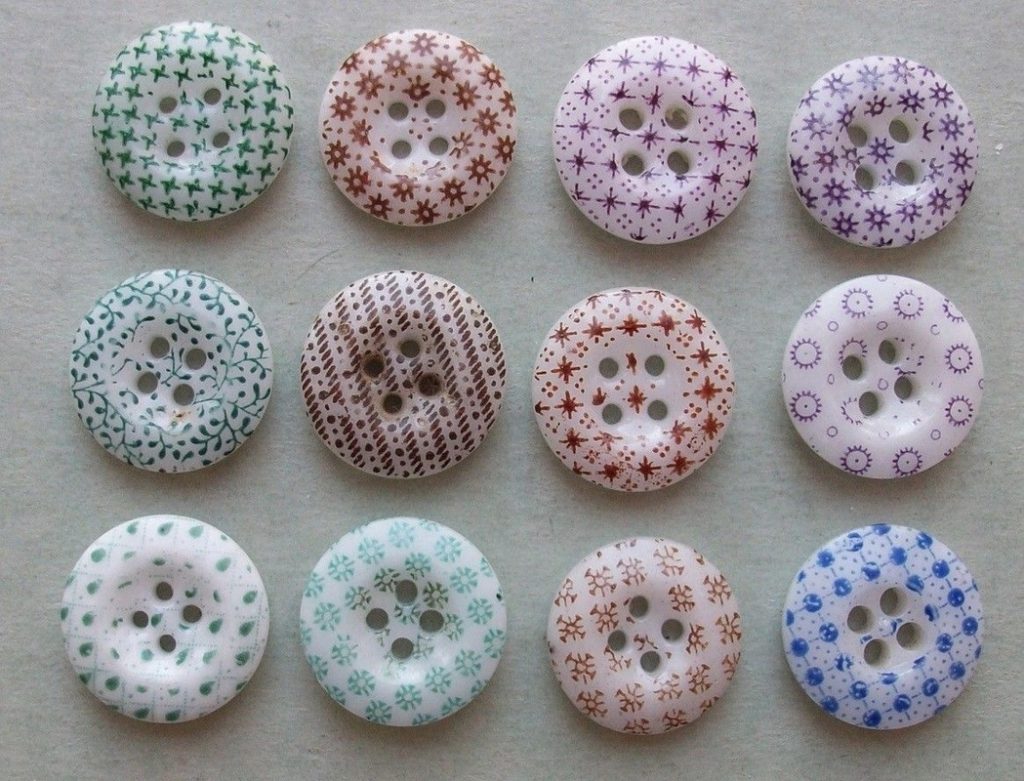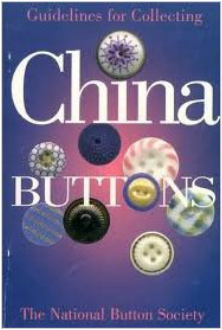Would like to share your button articles and resources with TSBS members and friends? Please Email (tsbswebmaster@gmail.com).
An example is shown below.
Where were china buttons invented?


Guidelines for Collecting China Buttons was published by the National Button Society. Copies of it in “e-form” are available for purchase from the NBS store.
The primary sourcebook for china button collectors is the book, “Guidelines for Collecting China Buttons” by Ruth Lamm, Beatrice and Lester Lorah, Helen W. Schuler, Lillian Smith Albert and Jane Ford Adams. China button collectors refer to this book simply as the Guidelines.
In 1840, in England, Richard Prosser received a patent for a new process to shape a ceramic button. From the Guidelines: “the material which Prosser used was not potter’s clay; it was, instead, a very fine, dry powder… the method consisted of placing the powder in a steel die of the desired shape and compressing it to about one-fourth its bulk. This operation produced perfectly shaped buttons ready for the kiln. Moreover, production was rapid and firing loss small.”
A quote from Thomas Prosser, brother of the patent holder, is also included in the guidelines: “The number which one woman can make of these buttons is almost incredible. Twenty-five buttons are often made in one minute, but the usual rate is from 12 to 18 per minute, the week round. The price paid for making is one cent per gross, at which rate the earnings of one woman vary from $3 to $4 1/2 per week. Twenty thousand gross of buttons have been made per week.” Doing the math, labor costs for 2 million, eight hundred eighty thousand buttons, the week’s production, would have been $200. Contrast this rate with the traditional labor-intensive process of hand shaping and firing fine porcelain buttons, and the financial success of the humble china button is easily understood.
Production began at Mintons, in England (1840-1846); Charles Cartlidge & Co. About the same time they were produced in Greenpoint, Long Island (1848-1856); at the factory of Jean Felix Bapterosses first in Paris and then south at Biare (1843-1900’s); and in Germany.
More information can be found on www.button Country.com/china.html
